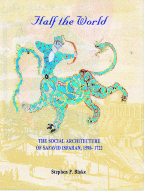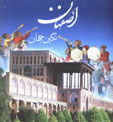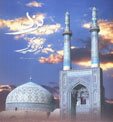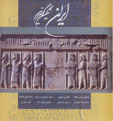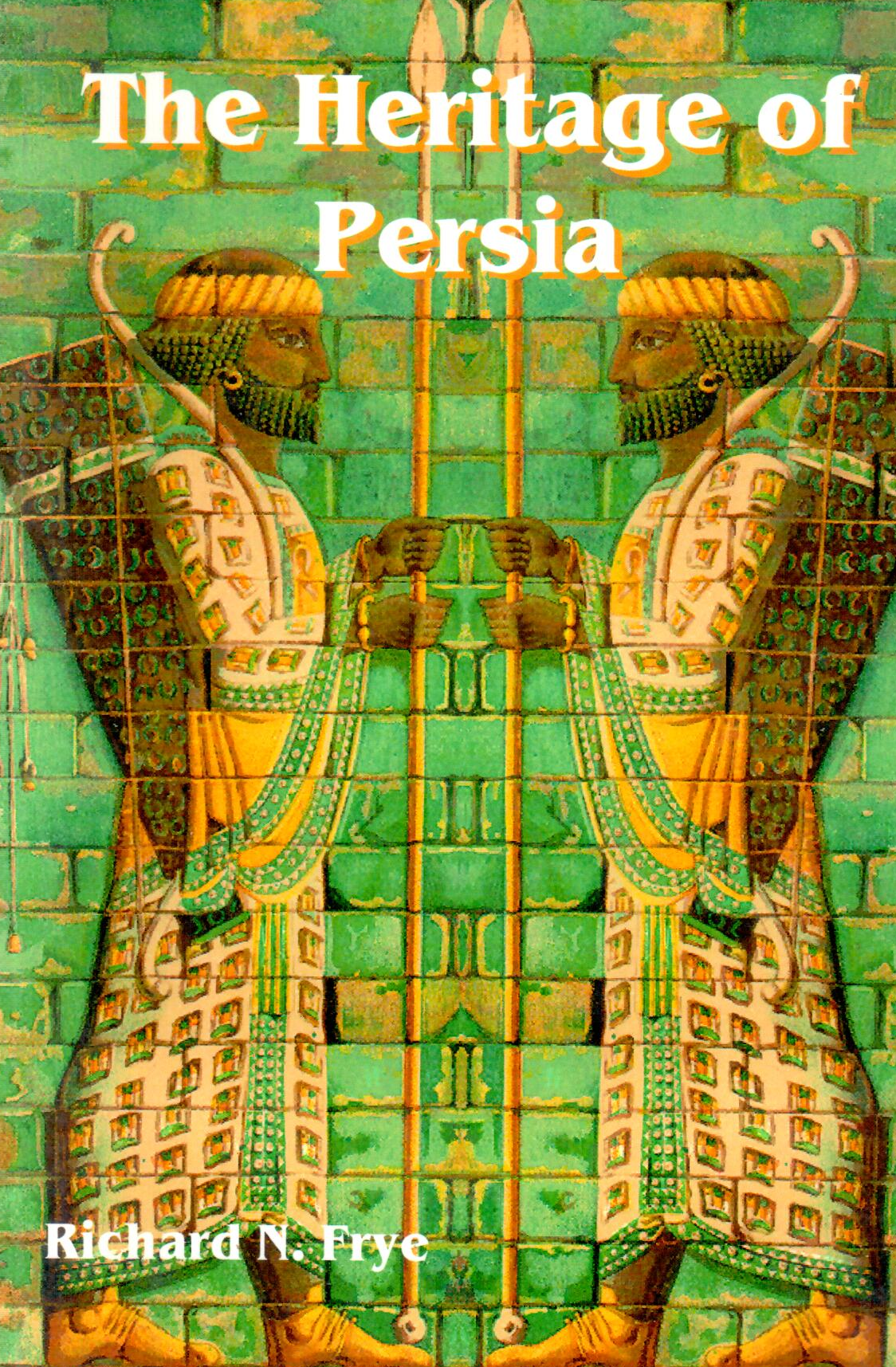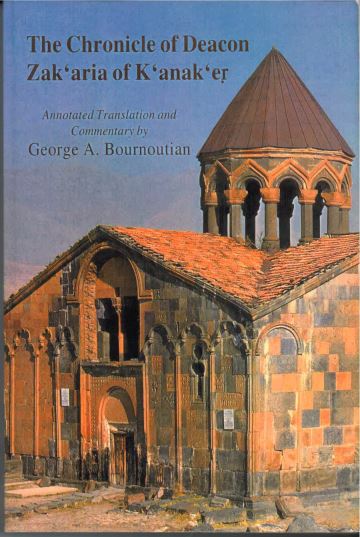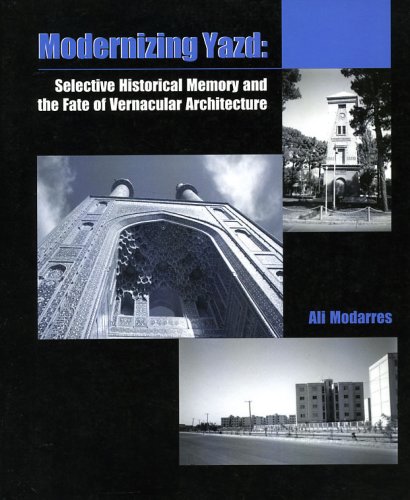Half the World: The Social Architecture of Safavid Isfahan, 1590-1722 انگلیسی 1378
Half the World: The Social Architecture of Safavid Isfahan, 1590-1722
Social architecture is a theoretical approach that takes the city itself as a text. In the anthropologistYs Clifford GertzYs words the cityscape is \a story people tell themselves about themselves. The built environment reflects the social system and the ways in which that system is expressed, reproduced, and experienced. The defining architectural element of Safavid Isfahan was the Maidan-i Naqsh-i Jahan, the great piazza around which Shah XAbbas built the nucleus of his new capital. Around the perimeter of this central square the shah erected the paradigmatic monuments of the city. Like the courtyard of the mosque or the small central square of the neighborhood mahalla, the Maidan-i Naqsh-i Jahan was the focal point for the activities and institutions of the city. The Maidan-i Naqsh-i Jahan integrated space and time in Shah XAbbasYs new capital, showcasing the emperorYs roles as chief creator of urban space and as chief manager of the activities that defined urban time. Because of the centrality of the Maidan-i Naqsh-i Jahan, the author structures his analysis of the social architecture of Isfahan around it. After a brief introduction to Safavid Iran in Chapter I , the author tur
Social architecture is a theoretical approach that takes the city itself as a text. In the anthropologistYs Clifford GertzYs words the cityscape is \a story people tell themselves about themselves. The built environment reflects the social system and the ways in which that system is expressed, reproduced, and experienced. The defining architectural element of Safavid Isfahan was the Maidan-i Naqsh-i Jahan, the great piazza around which Shah XAbbas built the nucleus of his new capital. Around the perimeter of this central square the shah erected the paradigmatic monuments of the city. Like the courtyard of the mosque or the small central square of the neighborhood mahalla, the Maidan-i Naqsh-i Jahan was the focal point for the activities and institutions of the city. The Maidan-i Naqsh-i Jahan integrated space and time in Shah XAbbasYs new capital, showcasing the emperorYs roles as chief creator of urban space and as chief manager of the activities that defined urban time. Because of the centrality of the Maidan-i Naqsh-i Jahan, the author structures his analysis of the social architecture of Isfahan around it. After a brief introduction to Safavid Iran in Chapter I , the author tur

